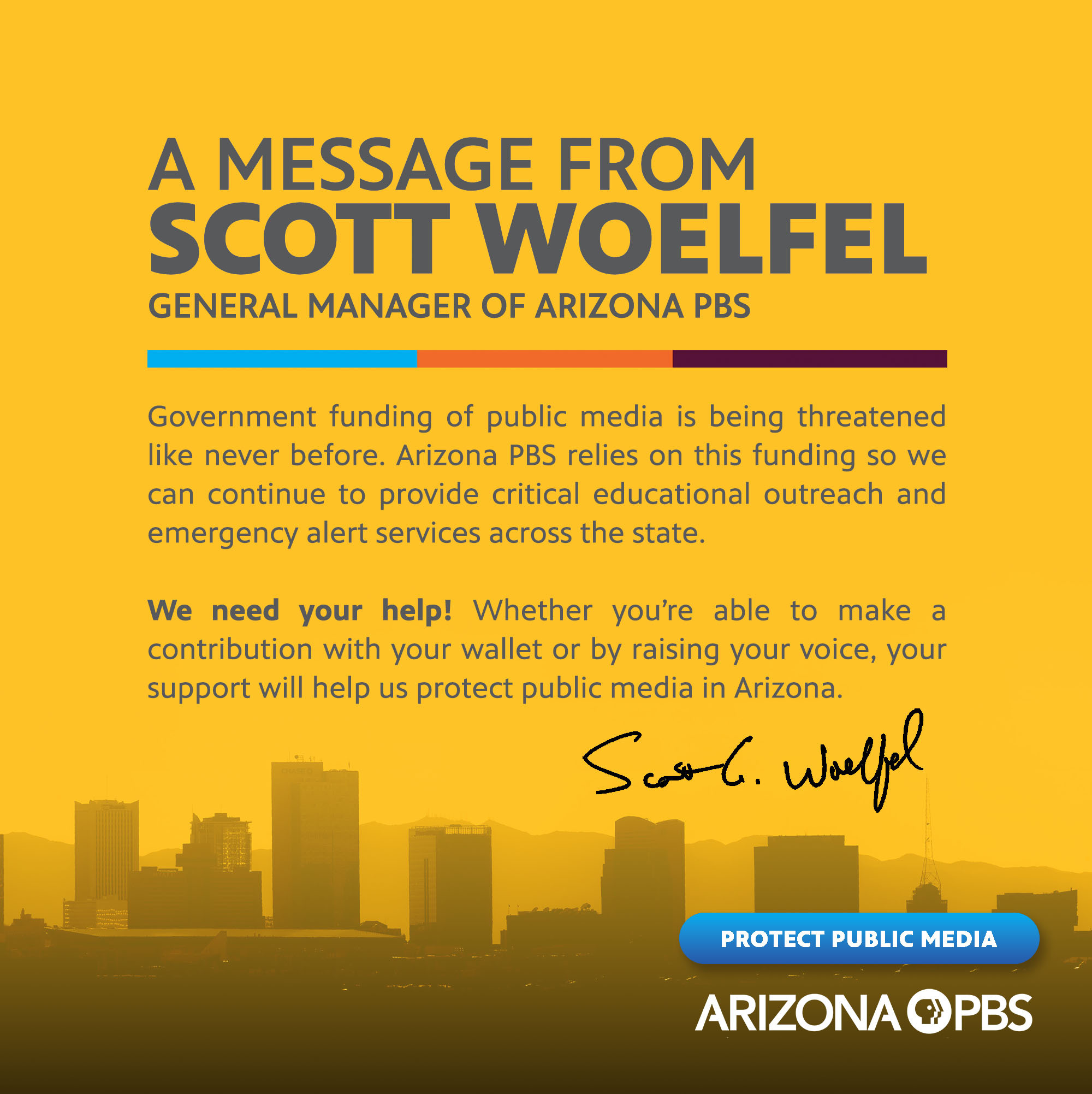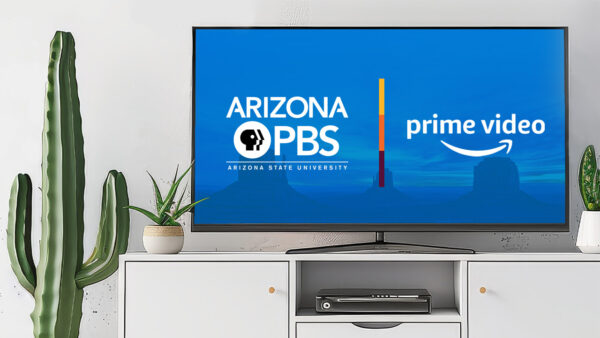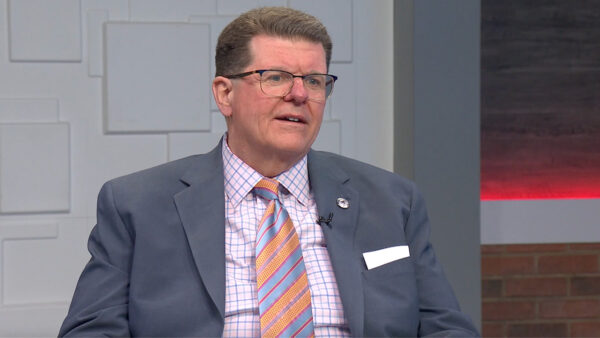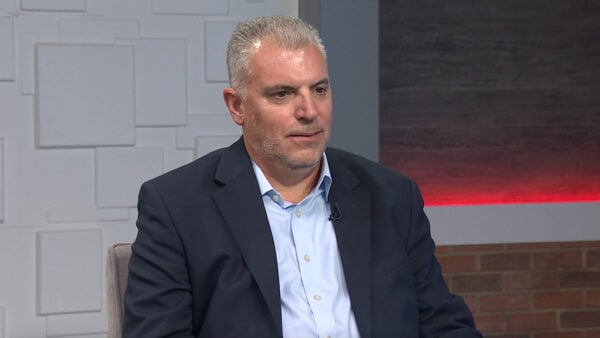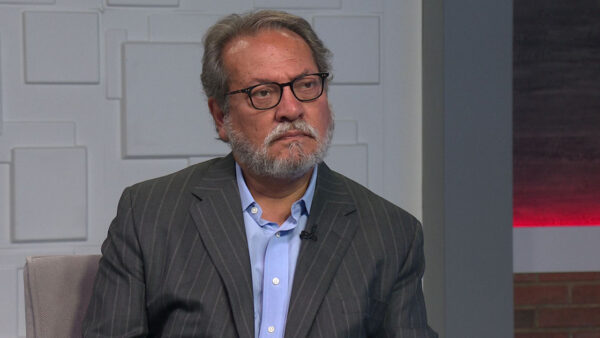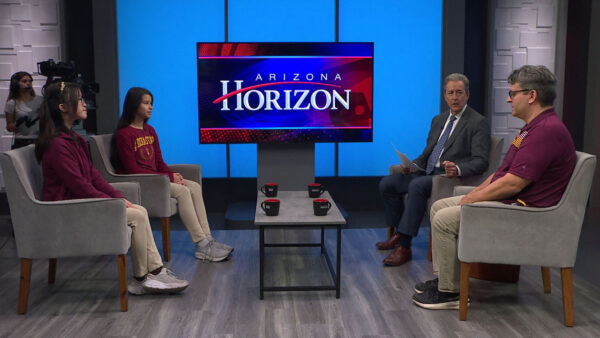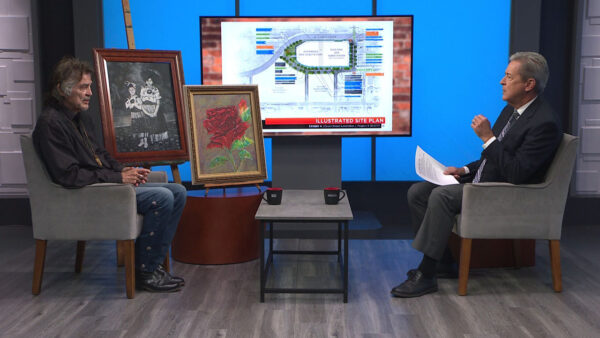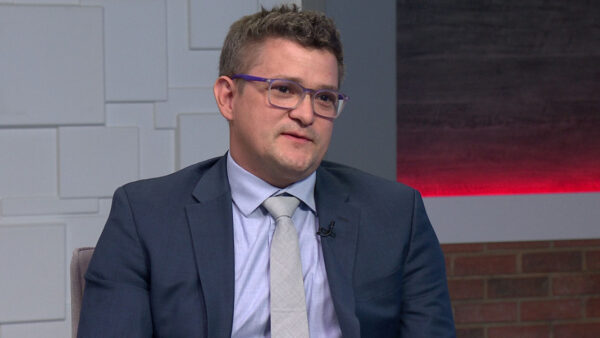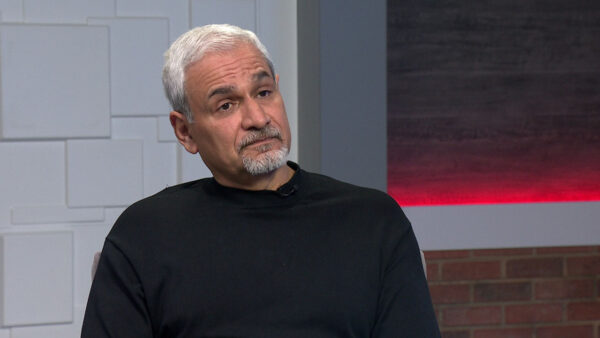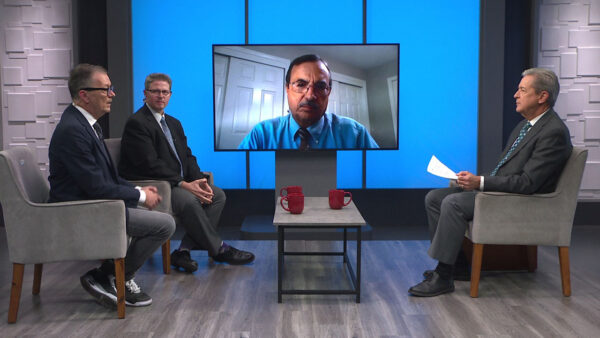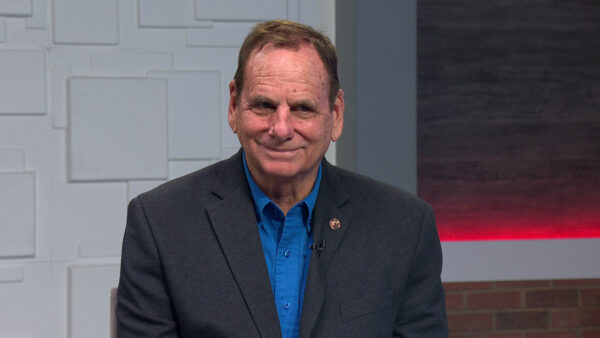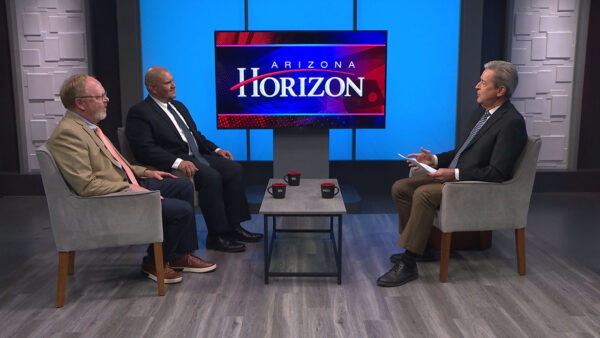We heard from an opponent of the presidential designation of a new national monument in the Grand Canyon Watershed. Sandy Bahr, director of the Sierra Club’s Grand Canyon Chapter, will talk about why she supports the creation of the monument.
TED SIMONS: Monday we heard from an Arizona Game and Fish Commissioner who is against the creation of a new national monument at the Grand Canyon watershed area. Here to speak in support of a monument is Sandy Bahr, director of the Sierra Club's Grand Canyon Chapter. Good to see you again.
SANDY BAHR: Nice to be here.
TED SIMONS: Thanks for being here. Before we start, what is the Grand Canyon watershed?
SANDY BAHR: Well, this is an area surrounding Grand Canyon national park. There are national forest lands and Bureau of Land Management lands, places like house rock Valley, the North Kaibab, the South Kaibab, the Tucson area. There's a proposal to protect the area as a national monument. The Grand Canyon watershed national monument.
TED SIMSON: Why is a monument needed there?
SANDY BAHR: For a number of reasons. One being we would like to see the area permanently protected from uranium mining. There is currently about a million acres that is protected for years, really only now because we're three years into the withdrawal. But that time goes very quickly. And a new President, the withdrawal could expire and those lands would not be protected from uranium mining. So that's a key issue for sure.
TED SIMONS: I know critics of the monument idea say it'll necessitate a degradation of habitat. They mined to the Sonoran monument, and the big reduction of bighorn sheep there after the monument. And access for force more difficult to do, wildfires more difficult. How do you respond?
SANDY BAHR: Monuments have improved areas throughout history. This monument would be managed by the Forest Service, and by the Bureau of Land Management. There is an important wildlife corridor on the North part for mule deer primarily that will be protected by this monument. And there are -- there's no indication that monument designation has resulted in a decline of wildlife species. The bighorn sheep issue, that's a red herring. The bighorn sheep population was decreasing before there was a monument. They talk about disease and drought, which is usually the case.
TED SIMONS: But the idea that game and fish would not be able to get in there as easily or get in and access certain abilities to manage wildlife, to manage the area in general. Viable? Viable argument, do you think?
SANDY BAHR: First of all, the number one thing affecting wildlife is loss of habitat and habitat fragmentation. The fact that the game and fish commission is not recognizing that, and is opposing -- they have a blanket opposition to any special designation. It's not like they even looked at the particulars of this, they are just saying no to everything. So that's the first issue. The other is they can indeed get in to do wildlife management and have. And the monument proclamations say that the state retains its authority to manage wildlife.
TED SIMONS: But they say it would be limited access, what they can do now, they may not be able to do then.
SANDY BAHR: Well, nobody can do anything they want anyplace, you know, there is accountability. And whether they realize it or not, they are a public agency, they are accountable to the public and these are public lands. Even now as national forests and Bureau of Land Management lands, they are -- they can't just go in and say, oh, we're going to build something here or we're going drive across this cultural site or bulldoze this area. There has to be a review and accountability.
TED SIMONS: Another argument is that a monument, making this area a monument will destroy the local economies, lack of access, reduced visitors and all of a sudden the local economy goes belly up. Again, how do you respond?
SANDY BAHR: History is our teacher. All the research indicates that monuments help the local economies. Protecting these areas helps to promote tourism. Northern Arizona is very reliant on tourism and protecting these areas, and providing the kinds of protection that also help to protect the wildlife life corridors with Grand Canyon and the connectivity, that's good for the economy.
TED SIMONS: When they say you're limiting access for hunting, fishing, recreation, thus reduced numbers of people will show up and reduced spending will occur, you say --
SANDY BAHR: Nonsense. Again, the mule deer corridor will be protected, that's good for mule deer, for hunting, for wildlife viewing. It just hasn't borne out. There's a lot of scare tactics out there, a lot of language to try to make people think they won't have access. But that just hasn't happened with the other monuments.
TED SIMONS: The antiquities act, which this all involves as far as making monuments, is supposed to call for the smallest possible area to be included to protect and at least recognize one specific cultural asset. This is like . million acres up here, a number of stuff, quite a number of assets. They are saying too much, too broad.
SANDY BAHR: If you look at what's being protected. I encourage them to get out on the ground and see what's there, it's a pretty special area. North of the canyon or rock Alley on the North Kaibab. Those are important things to protect, the old growth pines. The other thing is if you also look at a map you will see how many mining claims are on these lands. They are not valid claims but they are claims. If the mineral withdrawal goes away the mining companies could go forward with those. We've already seen significant damage from uranium mining, which is why hundreds of thousands of people across the country supported the proposal to protect that area from mining. And why there is broad support for making this a national monument. People care about protecting this area. There are a few naysayers including unfortunately our game and fish commission, which does not seem to be in step. They supported the oak flatland swap. How was that good for wildlife?
TED SIMONS: I think the bottom line is that they -- a lot of folks, game and fish included, I'm sure, think there was not due process here, not enough in the way of public hearings and asking Arizonans what they want. Whether it's good or bad or somewhere in between.
SANDY BAHR: It's not established yet. Saying we oppose everything is not a way to get your foot in the door to have a discussion. That's what game and fish did. There's no proclamation, nothing has been decided. There have been public meetings and there will be more. There's every opportunity to participate in the that, plus there will have to be a management plan through the national policy act process, which provides great opportunity for public involvement.
TED SIMONS: We had game and fish Monday, got you on tonight to get both sides of the story. Good to have you here.
SANDY BAHR: Thanks.
TED SIMONS: And that is it for now, I'm Ted Simons, thank you so much for joining us. You have a great evening.
VIDEO: Captioning Performed By LNS Captioning www.LNScaptioning.com.
Sandy Bahr:Sierra Club Grand Canyon Chapter Director
